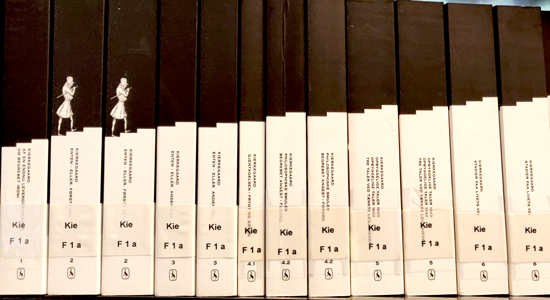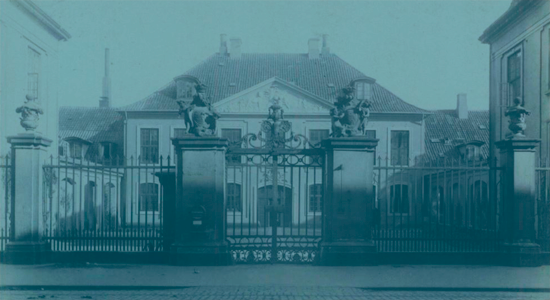The Works
THE MASTER OF RHETORIC
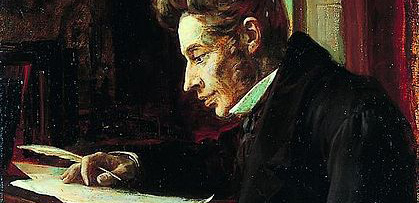
Luplau Janssen’s painting of Kierkegaard, 1902.

A Bit about Reading Kierkegaard
“When it was a matter of boldness, enthusiasm, zeal, almost to the border of madness, what was this pen not able to present!,” writes an almost resigned Kierkegaard in The Point of View for My Work as an Author. His literary art is, however, a story in and of itself. Kierkegaard’s work was a real source of renewal for written Danish, to which he added an almost audible element of the spoken language. Like Hans Christian Andersen, he incorporated into his works the language he took from the streets, pubs, and children’s rooms, all idiomatic, lively and authentic. Understandably, he asks his readers to read his works aloud so they can sense the “rhetorical” and “rhythmic” elements. And no one has written with as much understanding and love of the Danish language as Kierkegaard:
"I feel fortunate to be bound to my mother tongue, bound as perhaps only few are, bound as Adam was to Eve because there was no other woman (…) a language that (…) has a lovely, a winsome, a genial partiality for intermediate thoughts and subordinate ideas and adjectives, and the small talk of moods and the humming of transitions and the cordiality of inflections and the secret exuberance of concealed well-being; a language that understands jest perhaps even better than earnestness—a mother tongue that captivates its children with a chain that "is easy to carry— yes, but hard to break." (Stadier paa Livets Vei. Source: SKS.dk)
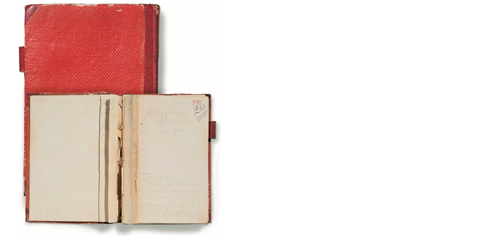
Writing Direction
Kierkegaard wrote in the customary direction, left to right. But one could nonetheless claim with a certain justification that Kierkegaard’s texts have a writing direction of their own, which doesn’t always respect the principle of lines of equal length. It thus requires some getting used to on the part of the reader. When he puts pen to paper, he is freely associative, vivaciously dreamy, with a tendency toward flippancy, but he is also serious to the point of darkness and deep to the point of inscrutability.
Kierkegaard’s texts swing seamlessly between concept and image, and he invests enormous rhetorical resources toward maintaining a dimension of experience for the reader, who is often addressed directly and intimately as “dear.” In his works, he switches openly between theology, philosophy, aesthetics, and psychology and is thus interdisciplinary long before the word was coined.
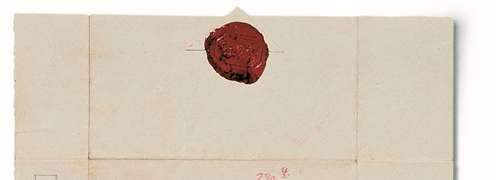
Jump in and Skip Over
When one starts to read Kierkegaard, it’s a good idea to do what Kierkegaard himself does: skip and jump. One might, for instance, just skip over the parts that are hard to make sense of! One can also choose to jump to another work or into the journals somewhere, and perhaps even into his letters. And one has to jump a long way to jump completely outside of Kierkegaard’s world because it’s certainly permitted to read with the goal of an approximate understanding. It’s far better to read him superficially than to stare blindly at a complicated passage of text and lose courage.
Finally, it’s not only a matter of understanding Kierkegaard. When one sits and reads Kierkegaard’s texts, one can have the wonderful experience of being understood by Kierkegaard—and then all the difficulties disappear in the felicitous passion of reading.

